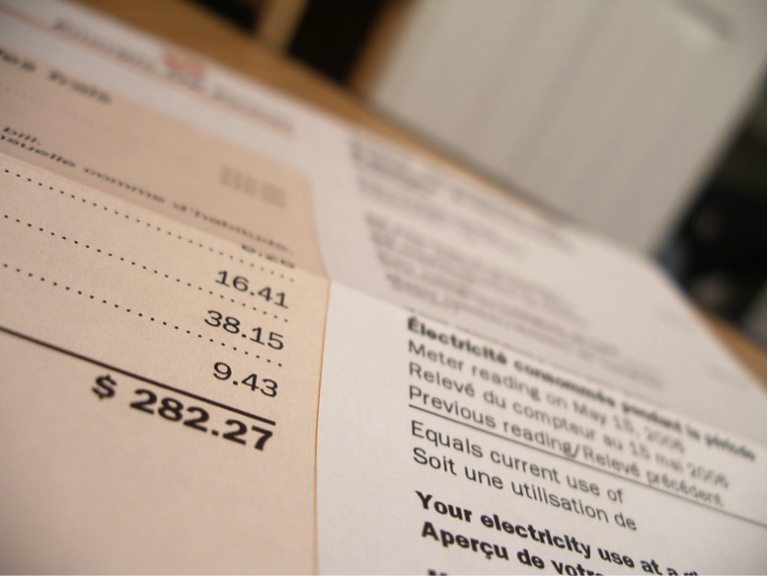Which is better: helping a lot of utility customers with their bills a little bit, or giving a lot of assistance to a smaller number of customers? That turns out to be a key question when looking at how Michigan implements the Low Income Home Energy Assistance Program (LIHEAP) compared to how neighboring states implement the federal program. The short story is: Michigan tends to give assistance to more households than its neighbors Ohio and Illinois do, but each of those households tends to receive less assistance than customers in those other states.
Considering the hoops people unfortunately jump through to get any assistance, is the lower sum enough to make it worth the hassle?
The staff of the Michigan Public Service Commission (MPSC) is working to inform stakeholders like CUB about ways to make energy more affordable for Michigan utility customers, so this question about LIHEAP came up at the latest meeting of the MPSC Energy Affordability and Accessibility Collaborative, on July 21 (Our coverage of previous meetings are here and here).
In a presentation at the meeting, David Carroll, managing director for APPRISE (Applied Public Policy Research Institute for Study and Evaluation) talked about how each state approaches assistance to keep heating and lights on for customers differently.
Consider the differences between Michigan, on one hand, and neighbors Ohio and Illinois, on the other, in terms of number of households served by LIHEAP versus total funding available in fiscal year 2019:
- Michigan: 369,270 households served and $181.48 million in funding, comes out to $492 per household
- Ohio: 268,198 households served and $166.25 million in funding, comes out to $620 per household
- Illinois: 236,371 households served and $182.28 million in funding, comes out to $772 per household
The advantage of a smaller benefit spread out over more people is that a greater proportion of the population receives some assistance. In Michigan, 67% of the state income-eligible population is served by LIHEAP, compared to 19% for Ohio and 25% for Illinois, according to the figures presented by Carroll.
The disadvantage, however, is that a smaller benefit might not make a huge difference for those who get it, especially after considering all the time and effort that has to go toward getting the benefit in the first place.
Katrina Metzler, executive director of the National Energy and Utility Affordability Coalition (NEUAC), made this point in a presentation at the meeting. “Is it worth the cost of all the trouble, bureaucracy and paperwork for a $200 benefit?” she asked.
The next meeting of the MPSC Energy Affordability and Accessibility Collaborative is on Aug. 18.

